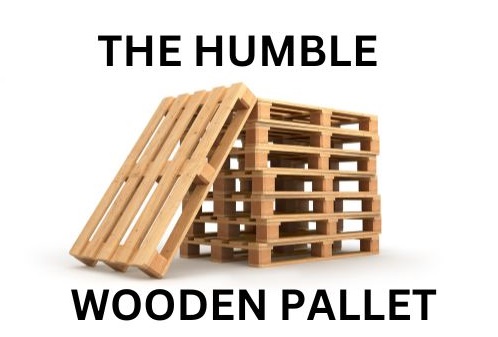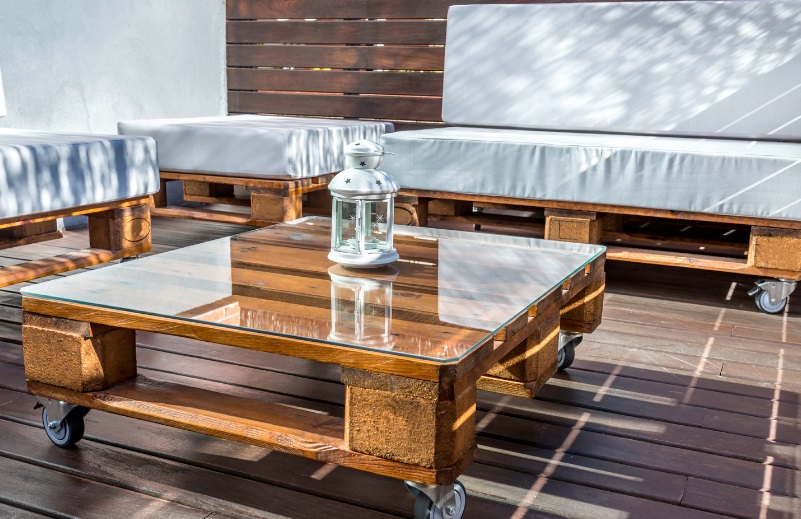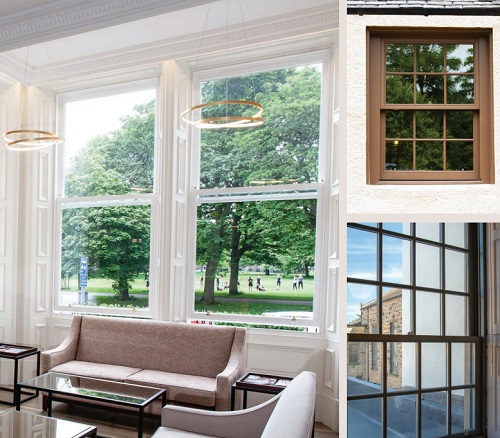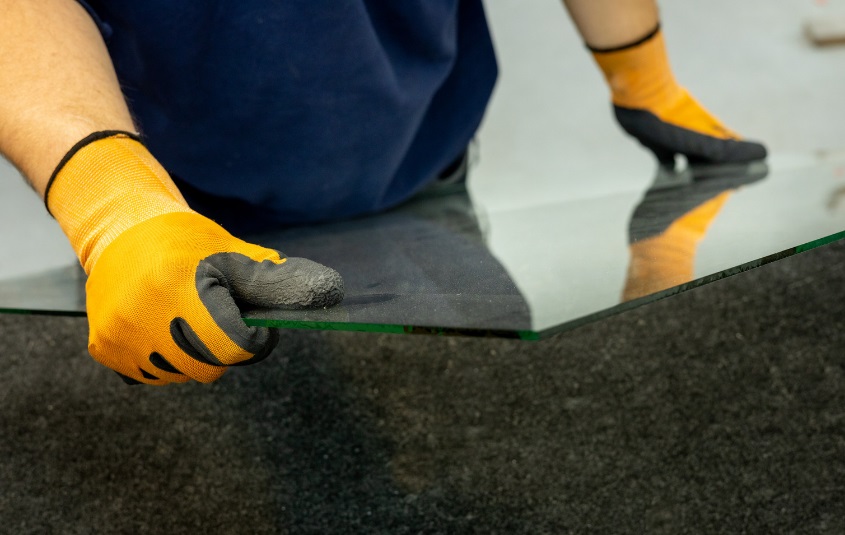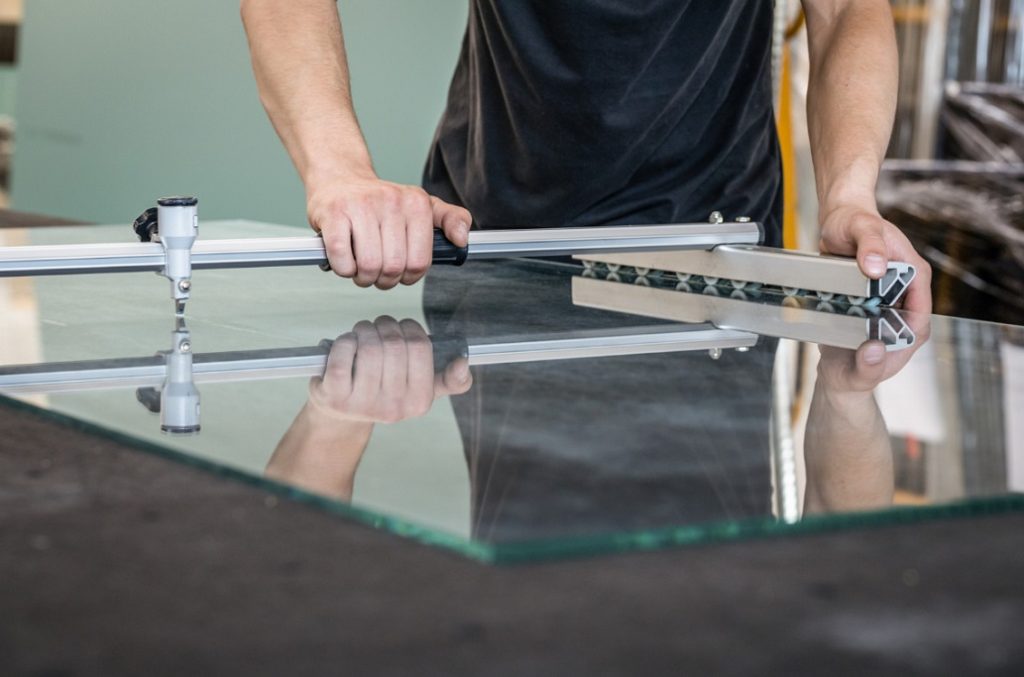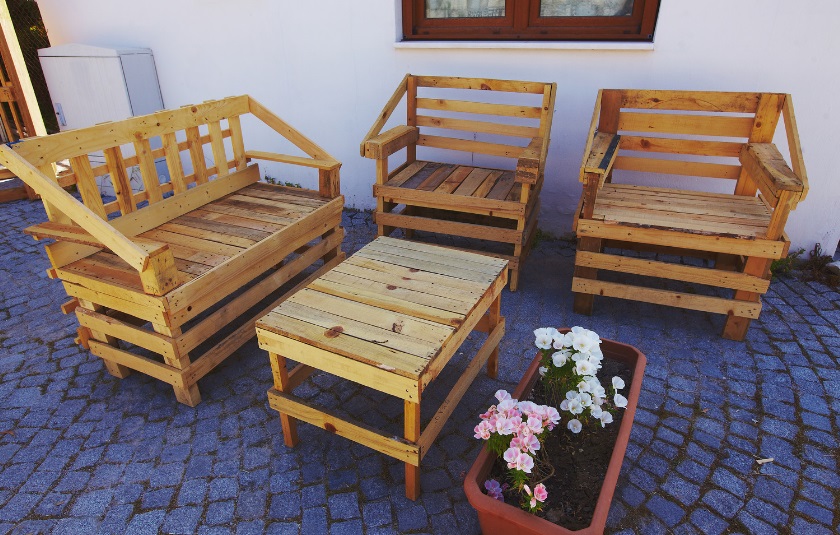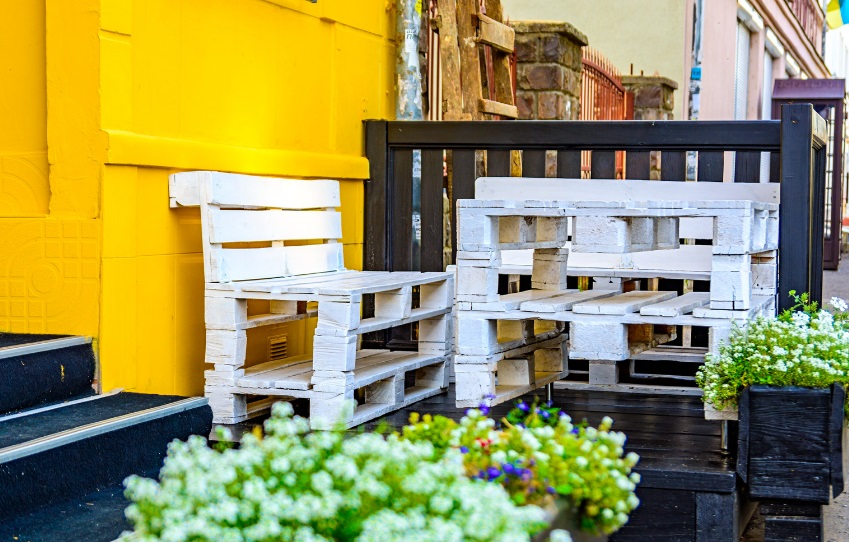Wooden Pallets
Wooden pallets are an incredibly versatile resource for DIY projects and sustainable building. They are often discarded after use in shipping and transport, making them an eco-friendly option for various construction endeavors. Here’s an exploration of some structures you can create using wooden pallets, showcasing their adaptability and creativity.
1. Furniture
Seating: One of the most popular uses for pallets is to create seating solutions. You can stack pallets to form sofas, chairs, or benches. By adding cushions, you can enhance comfort while maintaining a rustic aesthetic. Pallet sofas can be customized in size to fit any space, and you can easily create an outdoor seating area for gardens or patios.
Tables: Coffee tables, dining tables, and side tables can all be constructed from pallets. A simple design involves stacking pallets and securing them together, or you can disassemble pallets to use individual boards to create a tabletop. Adding wheels can transform a static piece into a mobile one, making it easy to reposition.
2. Planters and Garden Structures
Raised Garden Beds: Wooden pallets can be repurposed into raised garden beds. By laying pallets flat and filling them with soil, you create a contained planting area that’s easy to manage. This approach is especially useful for urban gardening, allowing you to grow vegetables and flowers in limited spaces.
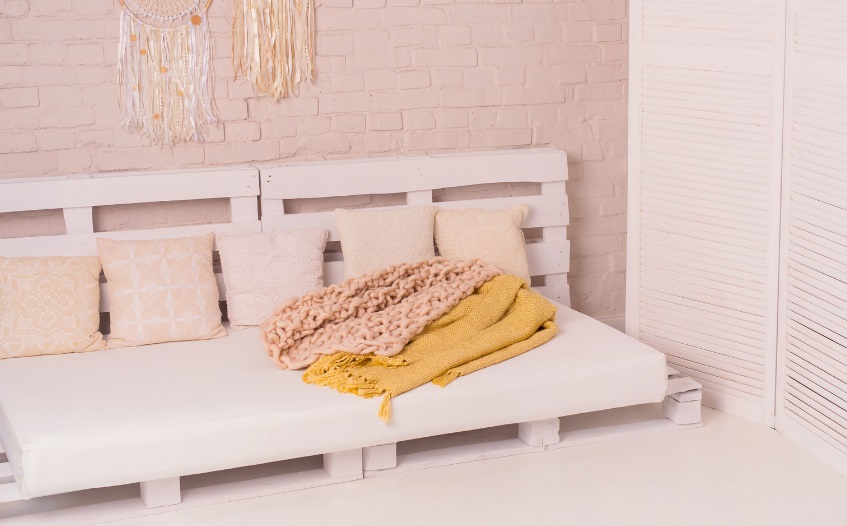
Vertical Planters: For those short on ground space, pallets can be turned into vertical planters. By leaning a pallet against a wall or fence and filling the slats with soil, you create a striking living wall. This design not only saves space but also adds a unique visual element to your garden.
3. Storage Solutions
Shelves and Racks: Pallets can be easily transformed into shelving units. By stacking or attaching pallets vertically, you can create rustic bookshelves or display units. These shelves can be used in garages, kitchens, or living areas to organize items while adding a touch of charm.
Storage Boxes: With a bit of creativity, you can convert pallets into storage boxes or bins. This is particularly useful for organizing toys, gardening supplies, or outdoor equipment. You can customize the size of the boxes to suit your needs and even paint or stain them for a polished look.
4. Outdoor Structures
Pergolas: For a more substantial project, pallets can be used to construct pergolas. By using pallets as the framework, you can create a shaded area in your garden or patio. This structure not only provides a space to relax but also serves as a support for climbing plants.
Fences: Wooden pallets can be utilized to build fences, offering a cost-effective solution for defining property boundaries or creating privacy. By stacking and securing pallets, you can create a sturdy fence that can be painted or left in its natural state for a rustic look.
5. Home Decor
Wall Art: Disassembled pallets can be transformed into unique wall art. You can use the wood to create signs, picture frames, or even intricate designs that can be hung as decor. This method allows for personalization, making it easy to incorporate your style into your living space.
Headboards: A creative headboard made from pallets can add character to your bedroom. Simply stack and secure pallets behind your bed, or disassemble them to create a custom design that suits your style. This not only serves a functional purpose but also enhances the room’s aesthetic.
6. Kids’ Play Structures
Playhouses: For families with children, pallets can be turned into charming playhouses. By stacking pallets to create walls and a roof, you can construct a small play area for kids. Adding windows and doors (which can be made from additional pallet wood) makes it feel like a real house.
Sandboxes: A simple yet fun project is to create a sandbox using pallets. By enclosing a section of ground with pallets, you provide a safe and designated area for children to play in the sand. This is easy to build and can be customized to fit your yard.
Wooden pallets offer a wealth of possibilities for building various structures, from practical furniture to whimsical play areas. Their affordability and ease of use make them an attractive option for DIY enthusiasts and eco-conscious individuals alike. By using pallets, not only do you save money, but you also contribute to reducing waste by repurposing materials that might otherwise end up in a landfill. Whether you’re looking to furnish your home, enhance your garden, or create unique decor, wooden pallets are a fantastic medium for creativity and sustainability. With a little imagination and effort, the potential of pallets is virtually limitless.
